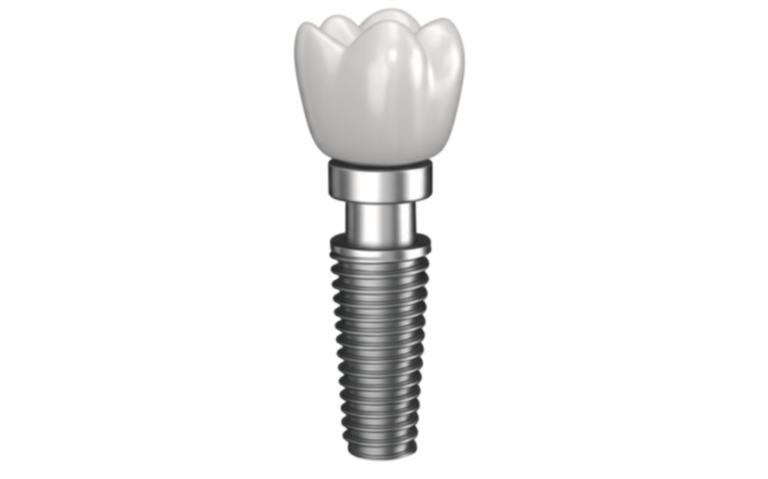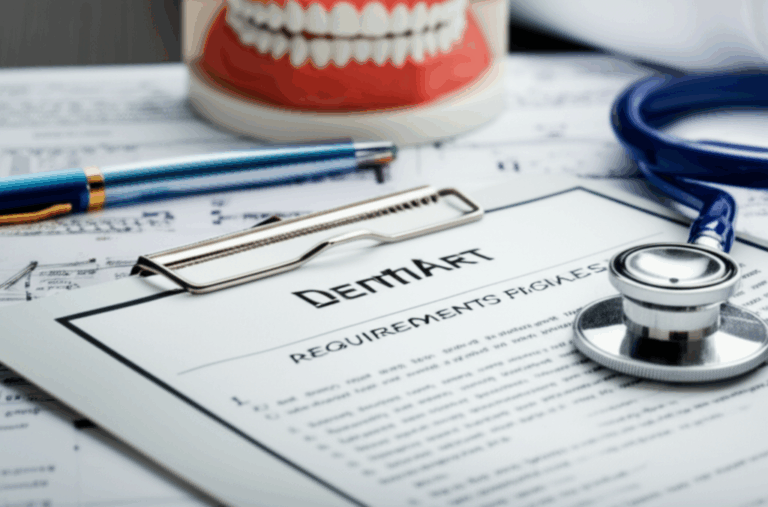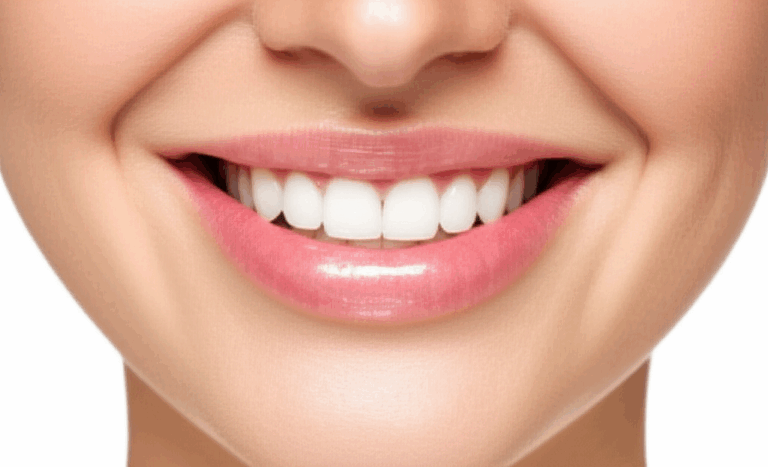
How Much Does a Dental Cleaning & Polish Cost? Your Complete Price Guide
That worried feeling when you call a dental office and have no clue what the bill will be—it happens to a lot of people. Maybe you haven’t gone for a while. Or maybe you lost your dental insurance and money matters now. If you’re asking, “How much is a clean and polish at the dentist?” you’re in the right spot.
You’re not alone in wondering about dental cleaning costs. The good news? With a little info, you can plan, avoid shock, and even find ways to spend less. Let’s break down the truth about dental cleaning prices, so you can go to your next appointment with confidence—not worry.
In This Article
What We’ll Cover:
- The Simple Answer: Average Cost for Dental Cleaning & Polish
- What Makes the Price Change?
- How Dental Insurance Helps
- What Does “Clean and Polish” Actually Mean?
- Different Types of Cleanings & Their Prices
- How to Make Dental Care Cheaper
- Is It Really Worth It? Why Cleanings Matter
- Takeaway: How to Start and Save
The Simple Answer: Average Cost for Dental Cleaning & Polish
Let’s get right to it: a regular dental cleaning and polish—called “prophylaxis” by dentists—usually costs between $75 and $200 if you don’t have dental insurance in the United States. That’s for most healthy adults and kids, as long as there aren’t big problems. Most dental offices ask for roughly $100-$150 for this job.
If you have dental insurance, you’re lucky. Most insurance covers cleanings at 100% if you go to a dentist in your network. That means you might not pay anything out of your pocket. Sometimes you may have to pay a small fee, like $0–$50, depending on your plan.
What Changes the Price?
The short answer: a lot! Your bill can change depending on where you live, your dentist’s skill, how much cleaning your teeth and gums need, and what’s included in the visit. If you need X-rays or fluoride, you might pay more unless it’s part of a package.
Compared to the high price of big tooth fixes or gum work, cleaning is pretty fair. Here’s a chart that shows what different things cost:
| Service | Average Price (No Insurance) |
|---|---|
| Standard cleaning (prophylaxis) | $75–$200 |
| Full oral exam | $50–$150 |
| Bitewing X-rays | $30–$80 |
| Deep cleaning/per quadrant | $150–$400 |
Read on to see how costs change across the country and why.
What Makes the Price Go Up or Down?
Ever see how a haircut costs more in some cities, and less in others? Dental cleanings are like that, too.
1. Where You Live
Dentists in big cities like New York or Los Angeles usually charge more. Why? It costs more to run any business there.
In cities: Prices are higher.
In small towns or suburbs: Usually a bit less.
2. Type of Dental Office
- Private dentist offices often charge more, since they may have fancier tools or lots of experience.
- Chain or group practices might have regular deals or lower prices.
- Dental schools let students clean teeth while teachers watch. Cleanings here are often 30-50% cheaper, but it takes longer.
3. What’s Included in the Visit?
Every dentist office does things their way. Some give a low price for just cleaning—no exam, no X-rays. Others bundle it all:
- Full mouth check
- Needed X-rays (like bitewings)
- Fluoride (often for kids)
- Cancer check for the mouth
If you’re new, you might see a special lower price for a first-time bundle. Returning patients might pay a bit less.
4. Dentist’s Skill & Name
A dentist with years of work and lots of happy patients might ask for more money than someone new in the business.
5. Your Teeth & Gums
If your mouth is pretty healthy, a normal cleaning is enough. But if you have lots of buildup, gum problems, or haven’t come in for a while, you might need a deeper (and more expensive) cleaning.
6. If You Have Insurance
People with insurance usually pay less—sometimes nothing. No insurance? You might pay more, unless you find a deal or lower cost clinic.
How Dental Insurance Helps
Think of dental insurance as a coupon for your teeth. Used right, it covers most (often all) of the cleaning money.
Most plans pay for cleanings in full.
- Two times a year is normal for adults and kids.
- You often pay nothing if you go to a dentist in their network.
- Sometimes, you’ll pay a small fee ($20–$50), or maybe 20% if your plan isn’t great.
Terms to Know:
- Deductible: Money you have to pay yourself before insurance starts paying. Most plans do not require this for cleanings.
- Co-pay: A set fee for each visit (like $10, $20, or $50).
- Yearly max: The most money your insurance will shell out every year ($1,000–$2,000 is normal).
- Waiting time: If you just got insurance, sometimes you need to wait a few months for coverage. But cleanings are usually covered right away.
In and Out of Network
Staying in the network means lower prices and more coverage. Out-of-network means the dentist might charge more, and insurance might cover less—you pay whatever’s left.
What About Medicaid/CHIP?
These plans often pay all the cleaning cost for kids, and usually for adults who qualify. Ask your local Medicaid office for the details.
No Insurance?
Don’t stress. Keep reading for ways to make dental care fit your budget.
What Does “Clean and Polish” Actually Mean?
“Clean and polish” might sound basic. But it’s actually a set of steps that clean, check, and take care of your teeth.
A Normal “Clean and Polish” Visit Includes:
- Fluoride: This gel makes teeth stronger, helps block cavities, mostly for kids and teens.
- X-rays: Not at every visit, but needed sometimes to spot hidden problems.
- Tips for better care: Advice on brushing and flossing at home.
Quick tip: Always ask your dentist what’s included for the price they give you. Surprises on the bill aren’t fun.
Different Types of Cleanings & Their Prices
Not every cleaning is the same. Which one you get depends on your teeth—not just a set schedule.
1. Prophylaxis (Regular Cleaning)
- Who’s it for? People with healthy teeth and gums.
- What’s done? Scrape off soft buildup and tartar, polish, maybe fluoride or X-rays.
- Cost: $75–$200.
2. Deep Cleaning (Scaling & Root Planing)
- Who’s it for? Folks with gum troubles (periodontitis), swollen gums, or “pockets.”
- What’s done? Heavy tartar removal under the gums, roots of teeth cleaned. Done in fourths of the mouth (quadrants).
- Cost: $150–$400 per quadrant—so it gets pricey, but it’s for your health.
- Why so much? More work, sometimes need numbing.
3. Gum Care Maintenance
- Who’s it for? People who’ve had gum disease or deep cleanings before.
- What’s done? Regular cleaning that’s stronger than basic cleaning.
- Cost: $100–$300 a visit.
4. Full Mouth Debridement
- Who’s it for? If it’s been ages since your last visit, and there’s so much tartar the dentist can’t even check your teeth well.
- What’s done? Remove big chunks of tartar so dentist can look at your mouth better. Sometimes you’ll still need a regular or deep cleaning after.
- Cost: $100–$250.
Want to learn about other dental work, like crowns or bridges? Take a look at our crown and bridge lab for how those get made.
How to Make Dental Care Cheaper
You don’t need to strike it rich or get fancy job benefits to keep your teeth clean. Here’s how you can pay less for dental work:
1. Dental Insurance
- If your work offers it, sign up—it saves a lot on cleanings.
- No insurance? Try a dental discount plan. It’s not insurance, but it can cut your bill by 10–60%.
2. Dental Schools
- Dental hygiene or dental schools can clean your teeth for less, watched by real dentists.
- Visits are longer, but you save 30–50% compared to normal offices.
3. Community Clinics
- Many clinics charge based on what you can pay.
- Some towns or groups have free dental days—ask around.
4. New Patient Deals
- Many offices have specials for first timers: a cleaning, exam, and X-rays for $99 (sometimes less).
5. Payment Plans
- Ask if your office uses programs like CareCredit.
- Most will let you pay your bill off a little at a time.
6. Brushing & Flossing at Home
- The cheapest cleaning is one you don’t need often, because you brush and floss right every day.
- Brush twice, floss once, rinse with mouthwash, cut down on sweet drinks and food.
7. Compare Prices
- Don’t be shy to call different places. Ask: “How much for a cleaning, and what’s included?”
- For bigger needs like denture repairs, removable denture lab might help you know your options.
Is It Really Worth It? Why Cleanings Matter
Still wondering: is it really worth the money for a clean and polish?
Think of it as a regular oil change for your car—but for your teeth. When you get cleanings:
- You lower your risk for getting holes (cavities), gum problems, and losing teeth.
- Dentists spot early signs of bigger tooth or health issues (even cancer sometimes).
- You might avoid big, expensive fixes later on.
- Your mouth feels fresh, your smile looks better, and your breath is nicer.
Bottom line: Going twice a year can save you a LOT of money and trouble down the line.
Takeaway: How to Start and Save
We’ve covered a lot—fast, right? Here’s what to remember:
- Normal cleaning & polish (no insurance): $75–$200.
- With insurance: Usually $0–$50, especially in-network.
- Price depends on: Where you live, your teeth’s health, what’s included, insurance, the office.
- Worried about cost? Check out discount plans, dental schools, and clinics. Always ask about deals or paying slow.
- Don’t skip cleanings! Stopping problems before they start costs less.
Ready to book? Write your questions and ask about what’s included (cleaning, checkup, X-rays, extras) before you go. Good dentists want you to know what’s coming and feel comfortable.
Frequently Asked Questions
1. How often should I get my teeth cleaned?
Most people should go every 6 months. If you have gum problems, your dentist might want to see you more.
2. Does it hurt?
A regular cleaning doesn’t usually hurt. If your teeth are sensitive, tell your hygienist—they can go easy and use numbing gel.
3. Is it enough to brush and floss at home?
Doing those is super important, but even dentists need pro tools to get rid of hard tartar. Everyone needs a pro cleaning.
4. Will a dental cleaning make my teeth whiter?
Cleaning removes stains and makes teeth look brighter, but it won’t make them super white like bleaching.
5. Where else can I learn more about dental problems?
Check out our dental problems guide for more answers.
Your Healthy Smile, Your Choice
You can’t really put a price on knowing your mouth is in good shape. When you hear “clean and polish,” remember: it’s not just about looks—it’s about feeling good, smiling more, and keeping your teeth as long as you can.
Still have questions? Good dentists explain choices, give honest prices, and never rush you. Go ahead—make that appointment, and take one simple step toward a healthier, happier you.
More Reading
- American Dental Association (ADA): “Preventive Dental Services”
- National Association of Dental Plans: “Making Dental Care Affordable”
- U.S. Health Resources & Services Administration: “Find a Health Center”
Want to learn more? See how new tech shapes dental care—like 3D printing—at our digital dental lab page. Keep asking questions, and here’s to your best smile ever!








